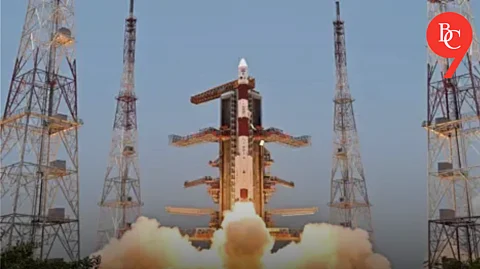

The Space Commission has officially approved the Mars Lander Mission (MLM), also known as Mangalyaan-2. This ambitious project aims to land a spacecraft on Mars, potentially making India the fourth country to achieve this remarkable feat. The final approval now awaits the Union Cabinet, led by Prime Minister Narendra Modi.
Building on Past Success:
The MLM is a significant advancement following the success of the Mars Orbiter Mission (MOM), which made headlines in 2014 when India became the first Asian nation to reach Mars orbit and did so on its very first attempt. MOM demonstrated India's capabilities in interplanetary missions at an exceptionally low cost.
Mission Objectives:
The primary goal of Mangalyaan-2 is to deploy both a lander and a rover on the Martian surface, enabling in-depth studies of Mars' atmosphere and surface features. This mission will enhance scientific understanding and contribute valuable data to global research efforts.
Part of a Broader Vision:
The Mars Lander Mission is part of India's larger space exploration strategy, which includes plans for an Indian Space Station by 2035, sending the first Indian astronaut to the Moon by 2040, and future Chandrayaan missions. ISRO is also developing a Next-Generation Launch Vehicle (NGLV) to support these ambitious goals.
International Collaboration:
Beyond Mars, ISRO has plans for other interplanetary missions, including a Venus Orbiter Mission and a joint ultraviolet astronomy project with Canada. These initiatives aim to position India as a leader in space exploration.
Global Impact:
If successful, the MLM will not only reinforce India’s standing as a leading space power but also significantly contribute to global scientific research on Mars. The mission is expected to attract international attention and collaboration in future space endeavors.
The approval of the Mars Lander Mission marks a pivotal moment in India's quest for deeper space exploration. As ISRO prepares for this ambitious journey, all eyes will be on the mission's progress and its potential impact on our understanding of Mars and beyond.
